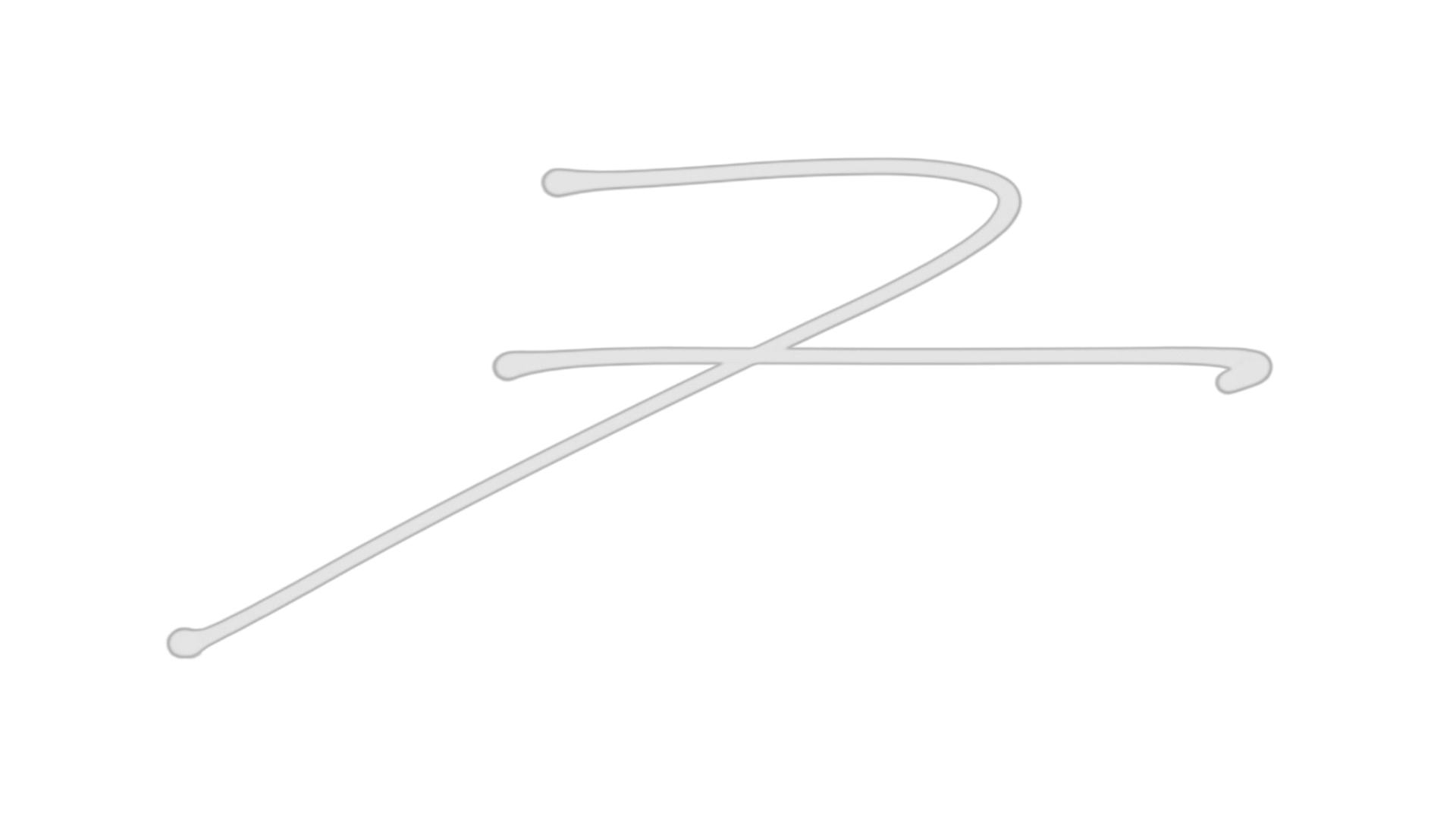What Is Frequency in Music Production?

Frequency refers to how many times a sound wave vibrates per second, measured in Hertz (Hz). Higher frequencies sound like treble around 5-10kHz, mid-range tones are around 1kHz, and lower frequencies like bass are around 100Hz. Frequency determines pitch, and understanding it is essential for EQ, mixing, and shaping sound in music production.
“If you want to find the secrets of the universe, think in terms of energy, frequency and vibration.”
— Nikola Tesla
Sound isn’t just something you hear — it’s something you feel.
And at the core of it all is frequency — the invisible force that shapes every note, every tone, every kick drum, snare, and vocal you’ve ever heard.
How does Sound Work? Energy, Frequency & Vibration
🔁 What Is Frequency?
At its simplest, frequency is vibration.
When something moves back and forth — a guitar string, a speaker cone, your vocal cords — it creates waves of energy in the air. The faster it vibrates, the higher the frequency.
That vibration is what we perceive as pitch.
-
Low frequency = deep pitch (like bass)
-
High frequency = bright pitch (like hi-hats or vocals)
The Magic EQ Settings
 ⭐️ Download my FREE Home Studio Setup Guide ⭐️
⭐️ Download my FREE Home Studio Setup Guide ⭐️
⚡ What Does Hz Mean?
Frequency is measured in Hertz (Hz) — which literally means “cycles per second.”
If something vibrates 100 times a second? That’s 100 Hz.
1,000 times? 1,000 Hz — also written as 1 kHz (kilohertz).
10,000 times? 10 kHz.
So when you're EQing a sound at “200 Hz” or “8 kHz,” you're sculpting its frequency.
🧠 Frequency = Pitch
In music, frequency is pitch.
-
A kick drum might hit around 60 Hz
-
A snare’s body could live at 200 Hz
-
Vocals often shine around 1 kHz–5 kHz
-
Cymbals sparkle in the 10 kHz+ zone
Understanding frequency helps you speak the same language as your EQ. You're not just turning knobs — you're shaping reality.
 ⭐️ Start by downloading all of my FREE Music Production Guides ⭐️ It took me years to learn this stuff!
⭐️ Start by downloading all of my FREE Music Production Guides ⭐️ It took me years to learn this stuff!
🧰 Why It Matters in Music Production
Whether you’re EQing a vocal, designing a synth, or mixing a beat, frequency is how you:
-
Carve space between instruments
-
Balance the spectrum so nothing fights
-
Control emotion by emphasizing or cutting tones
It’s the invisible battlefield where clarity is won.
🎯 Want tight low end? Learn 60–120 Hz.
🎯 Want vocals to cut through? Try 2–5 kHz.
🎯 Want brightness? Explore 8–12 kHz.
🎯 Want more “feel” than “hear”? Tame the subs below 40 Hz.
🥷 Final Thought
Every sound you’ve ever heard is just air moving at different speeds.
When you learn frequency, you learn to shape that air — to guide the invisible.
You’re not just producing music. You’re bending vibration to your will.⚡ Train your ears to hear it.
🎧 Train your hands to sculpt it.
🧘 And trust your instincts to feel it.
What Is a Decibel? dBFS, dBV, dBu and dBSPL Explained in Simple Terms
⭐️ Download my Free Magic Compressor Settings Guide ⭐️
⭐️ Download my Free 10 Characteristic of a Sound Wave Guide ⭐️
#ableton #protools #daw #homestudio #recordingschool #recording #musicproduction
Also read:
How to Start Your Own Online Business Teaching Music
Hey, I'm Futch - Music Production Coach and Ableton Certified Trainer
Learn how to make your first song and beat in Ableton Live with my
FREE 90-minute Ableton Live course
I've been teaching audio engineering and music production for 35 years.⭐️
Check out my new online music production program: Music Production Ninja...











